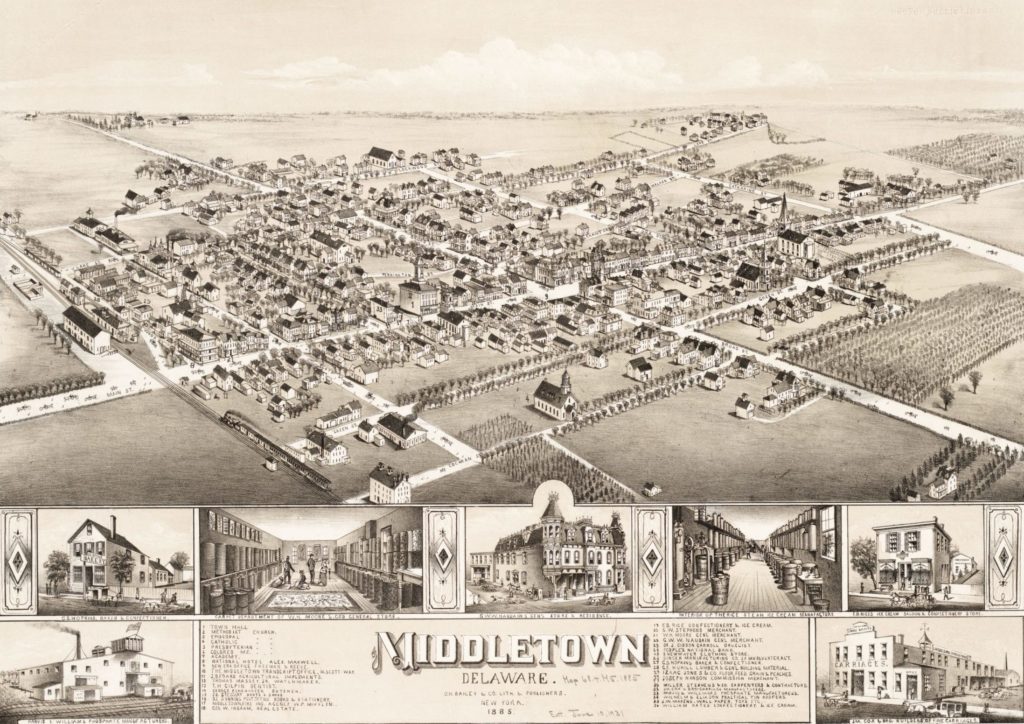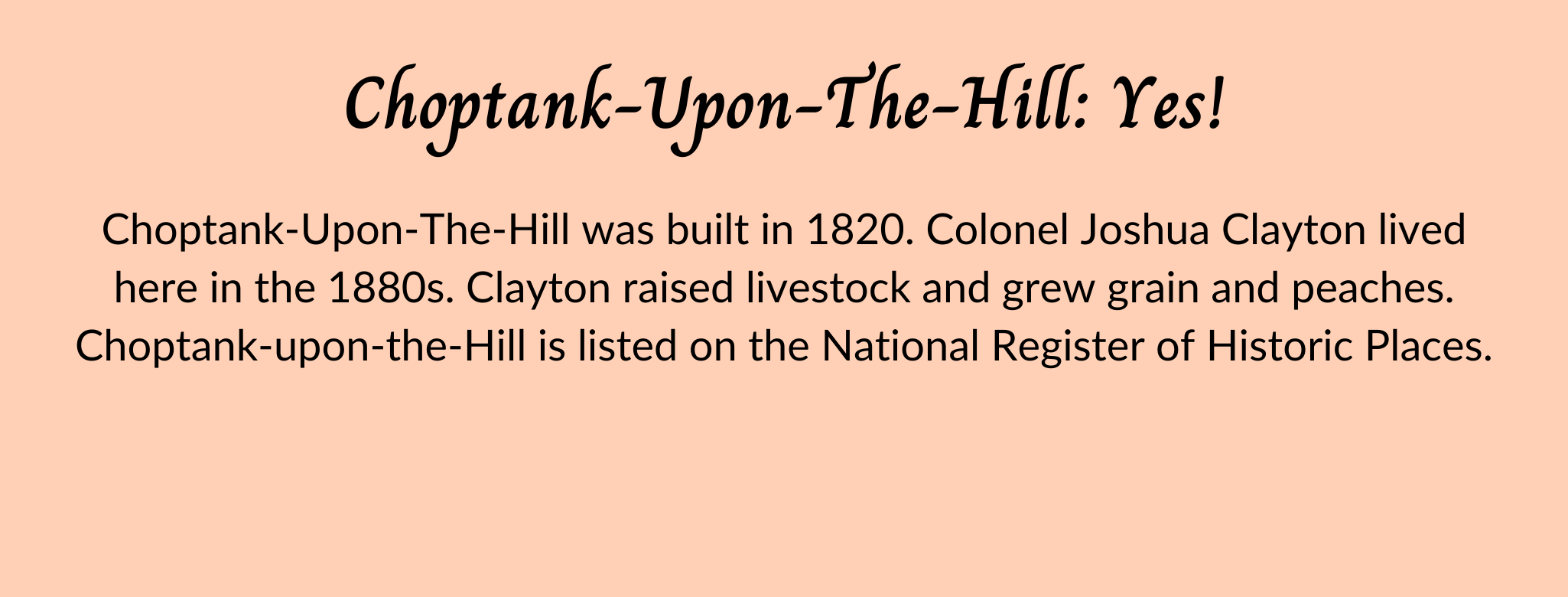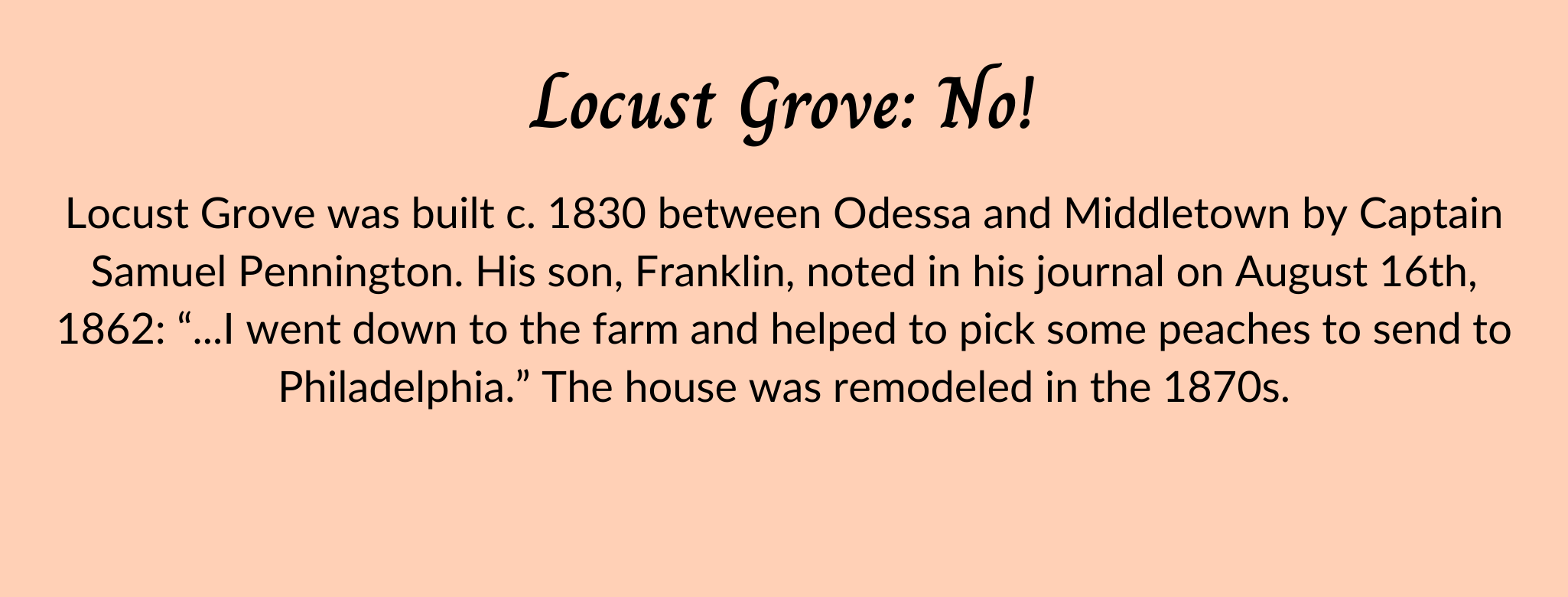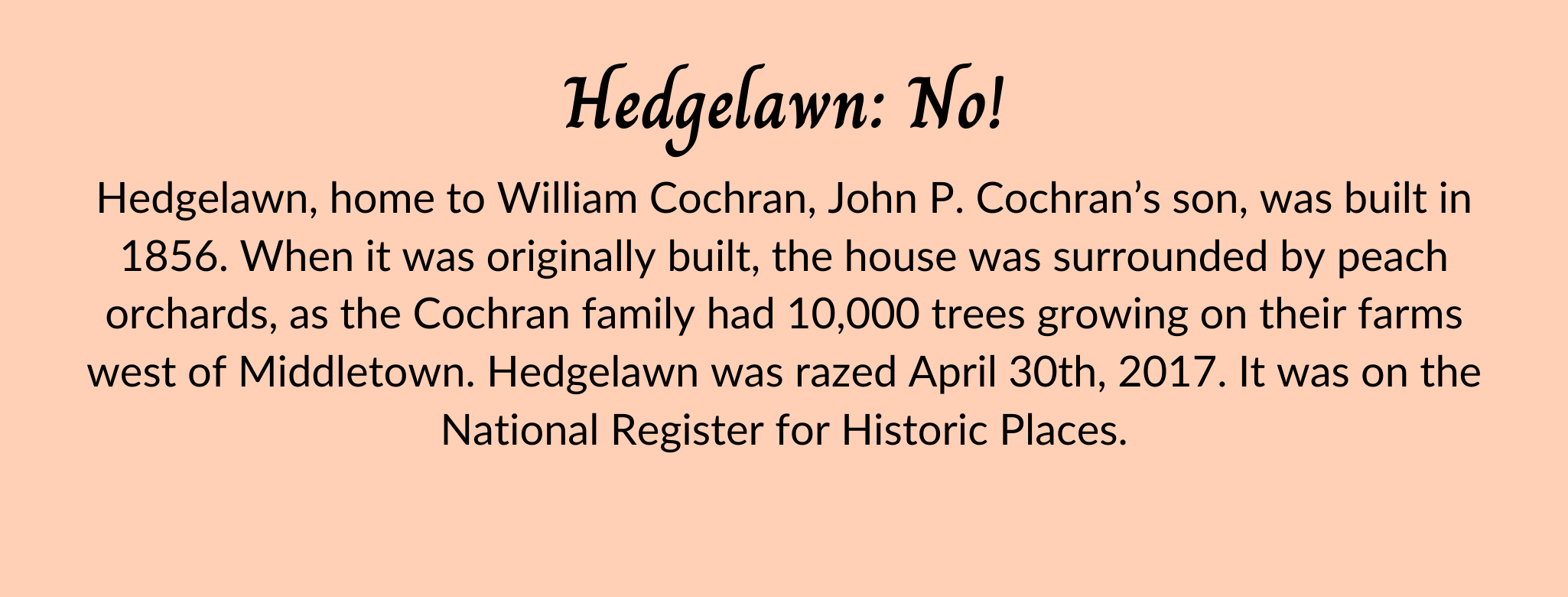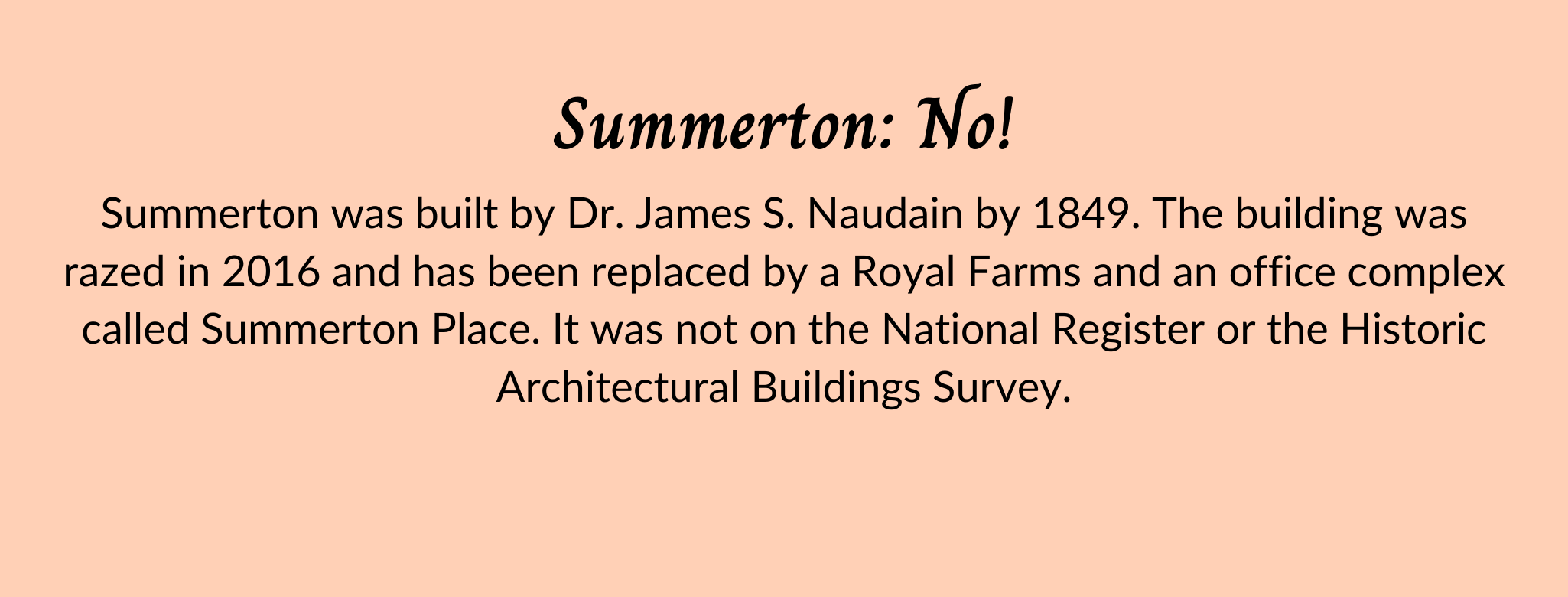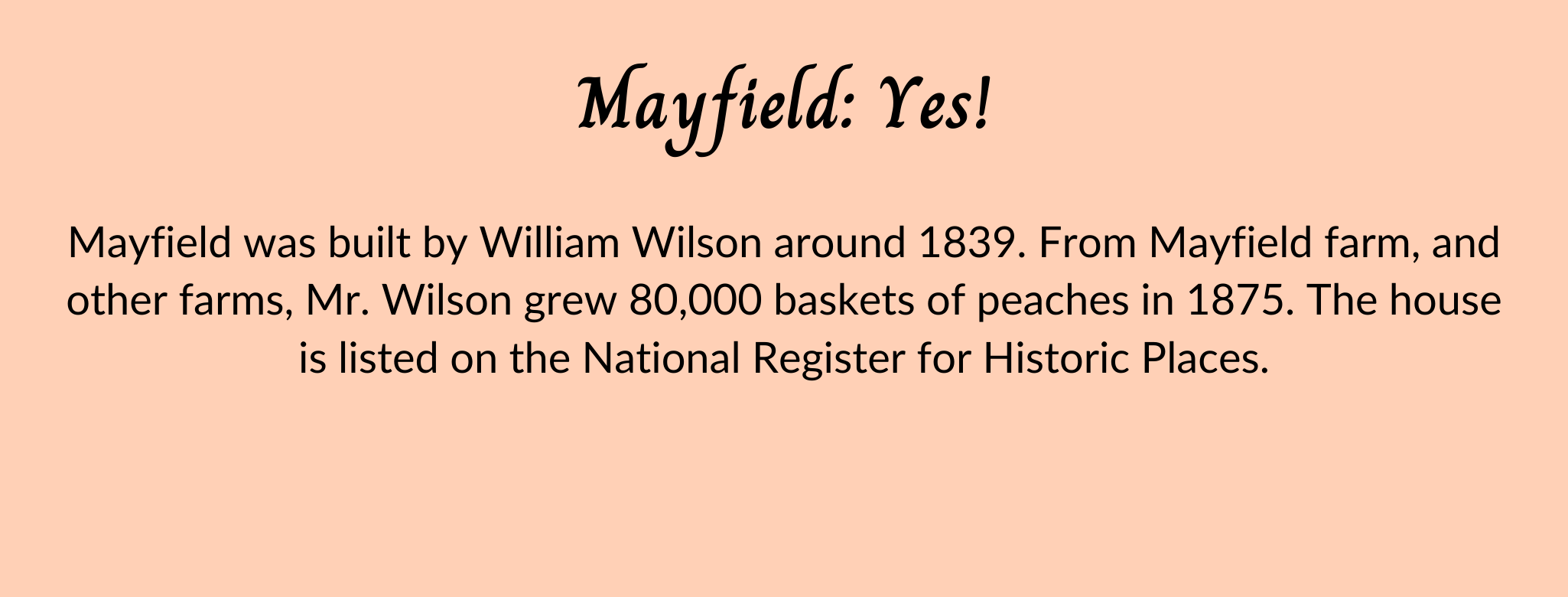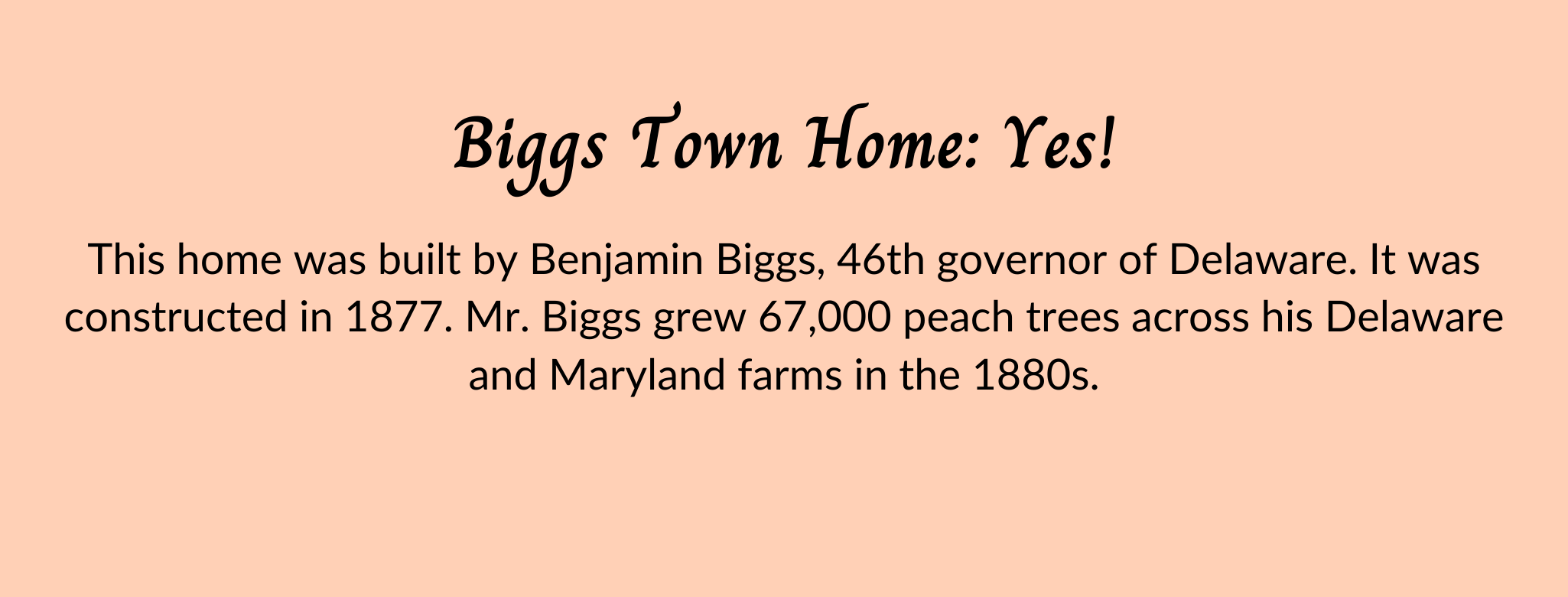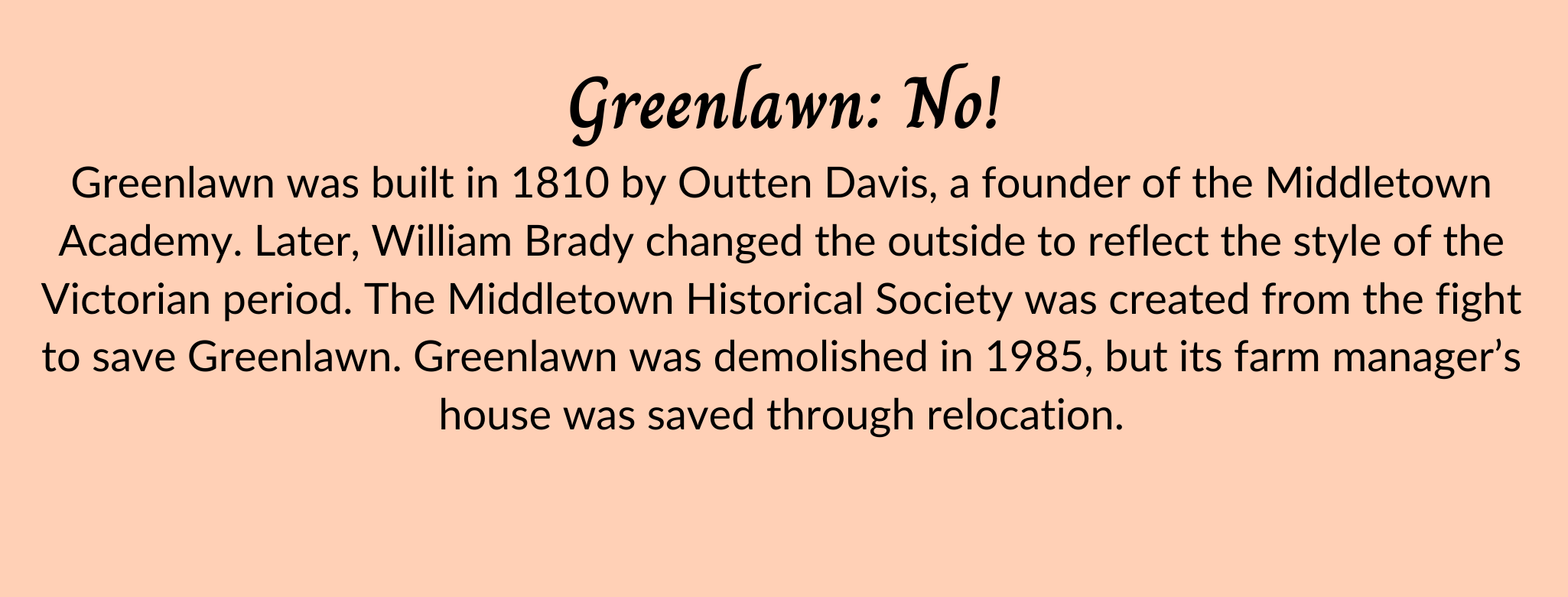“When the peach season is at its height Middletown never rests and never goes to bed, but spends its time in shipping peaches to an eager and peachless world.”
R. J. Burdette
People and peaches planted seeds that shape Middletown today. Peaches boomed in Middletown in the 19th century, creating work and wealth. Demand drove the tender fruit from local delicacy to required luxury.
This virtual exhibition explores some of the people and places of Middletown impacted by the peach industry. Stop by the Middletown Historical Society to view the physical exhibition “People and Peaches” in the second floor galleries.
Header Image: “Picking Peaches in Delaware,” Harper’s Weekly, September 14, 1878.
Middletown’s Peaches on the Move
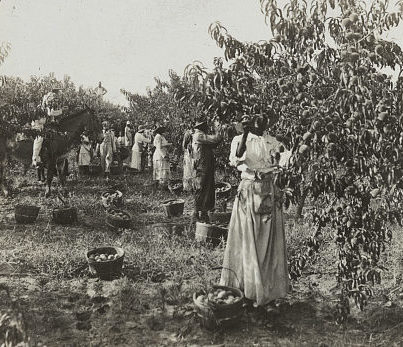
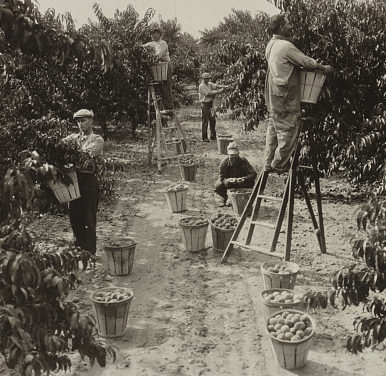
Peaches were a cash crop. The fruit had to be picked and shipped, driving the need for labor, baskets, and delivery routes. In 1855, Middletown welcomed the train to town so farmers could get their produce to the far flung markets of Boston and New York City.

Right: Picking Peaches, Delaware, 1928. Library of Congress.
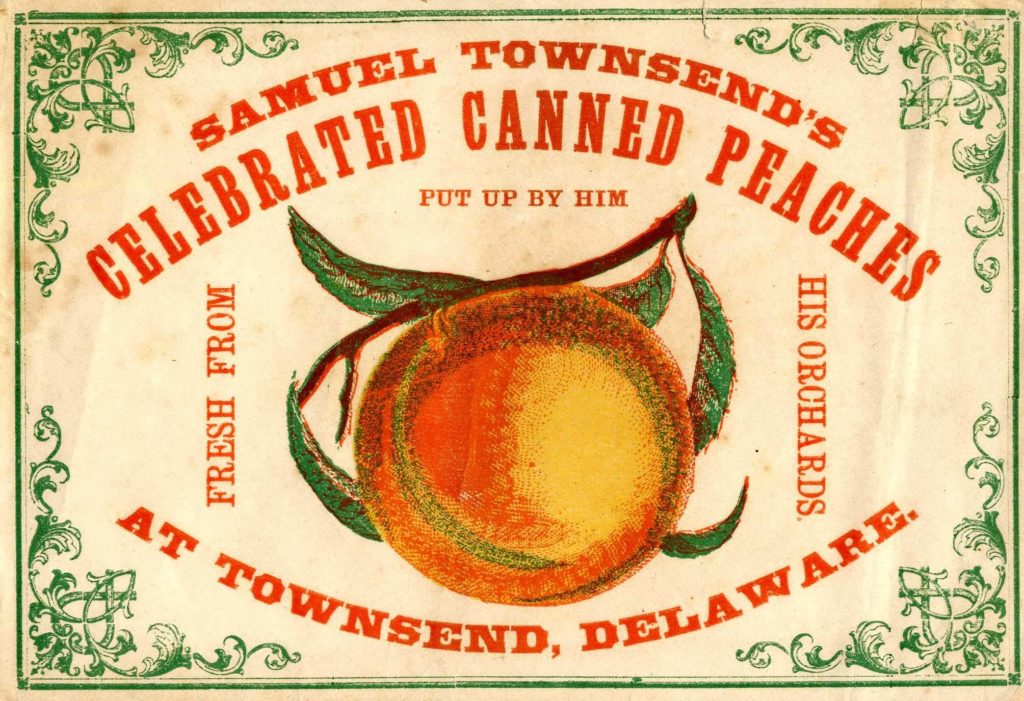
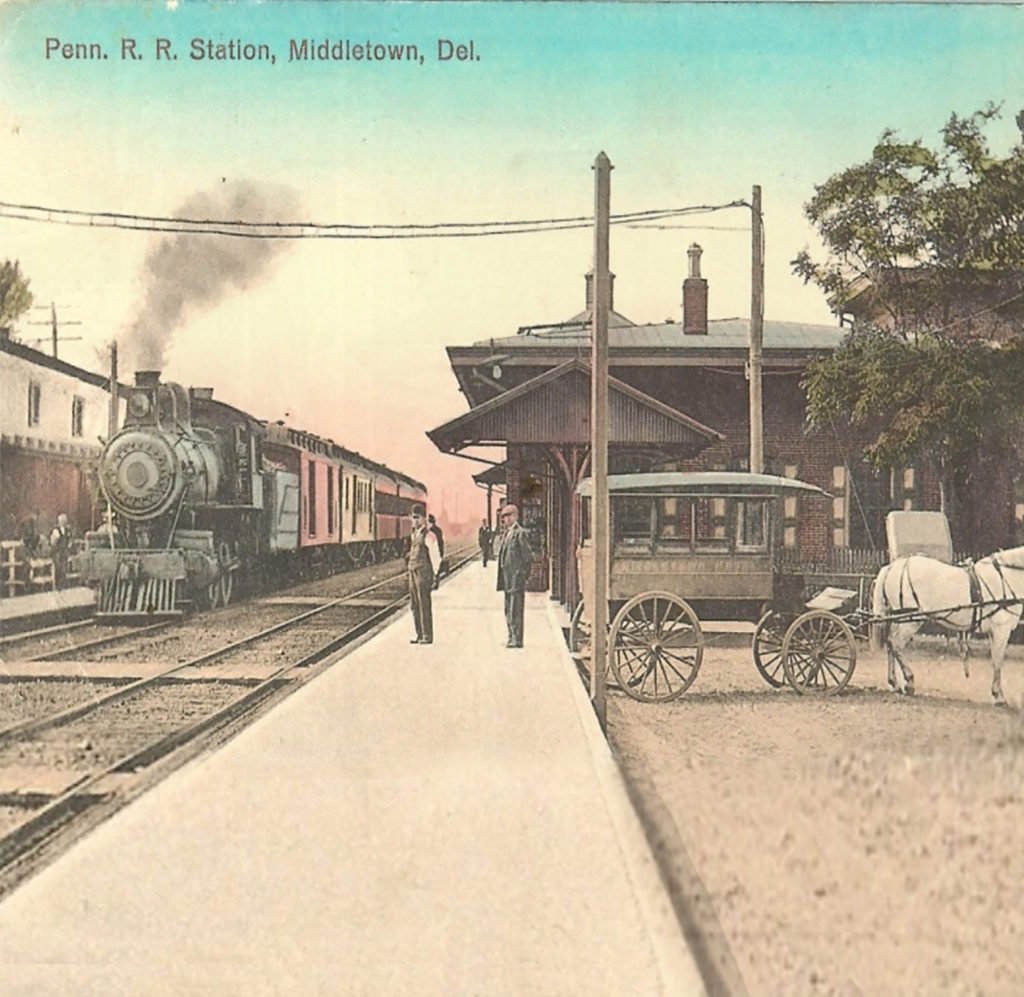
Peach Prosperity: Is It Still Here?
Middletown families, such as the Claytons, Cochrans, and Shallcrosses, showcased their peach wealth through buildings and personal items. Their grand houses tell the story of the peach and its impact on Middletonians. Which ones are still standing today? See if you can guess!
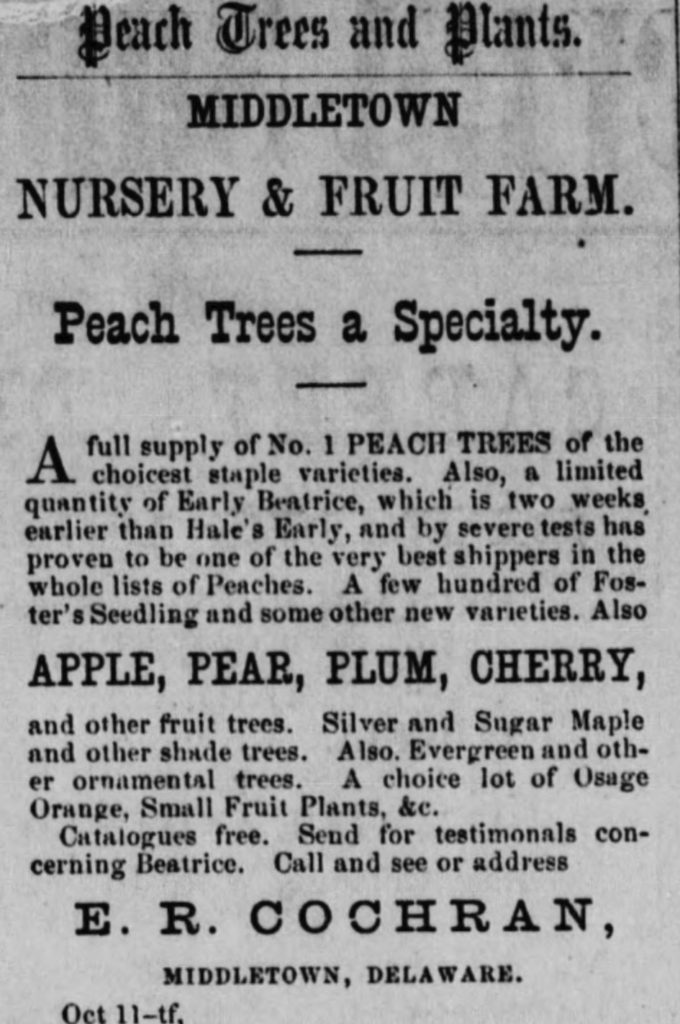
Samuel Jones
The peach industry created opportunities for employment and success for many individuals. Samuel Jones, a self-educated African-American farmer, used peaches to improve his life. Samuel was born in 1841. In the early 1860s, he worked for Serek Shallcross, one of the largest peach growers in Middletown.

1869 proved to be one of the biggest years for peaches, just as Samuel began to rent a farm from the Clayton family, one of the biggest peach growers in the Middletown area. In 1870, Samuel, and his son Abram, saw a return of $150 dollars from their orchard products. Jones saved up to buy three farms by 1900.
Peaches enabled Samuel to raise his family up from tenant farmers to land owners and respected members of the local community. Samuel invested this new wealth in a parlor organ and a school house for his family of 16 children, as well as three farms.
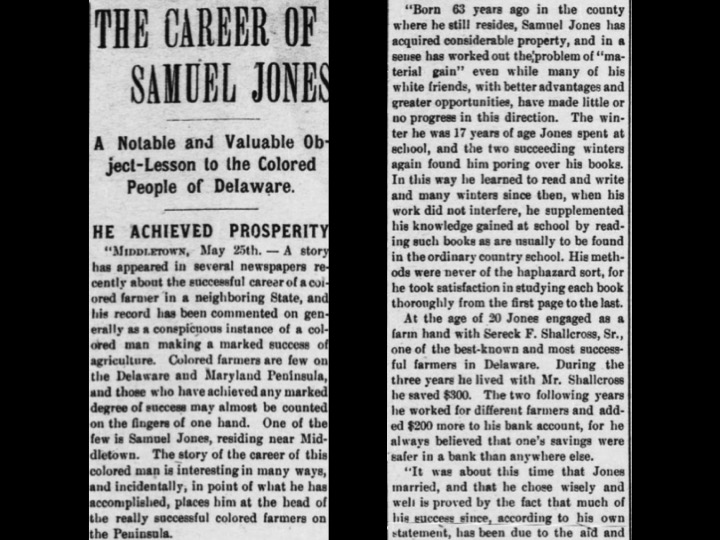
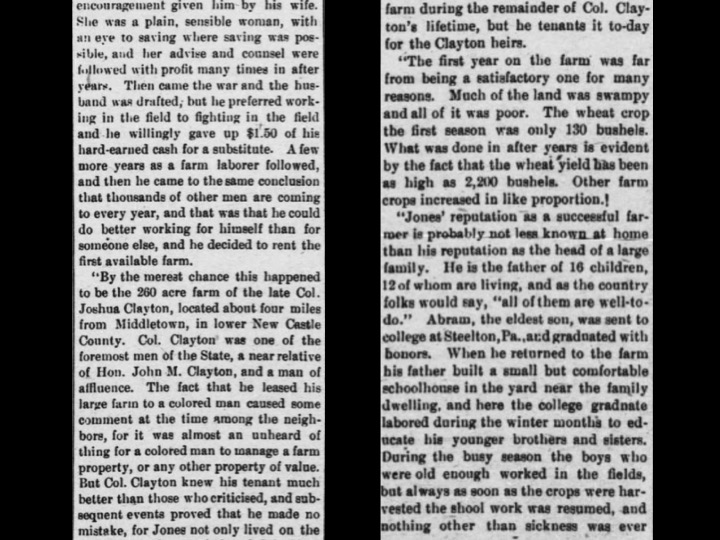
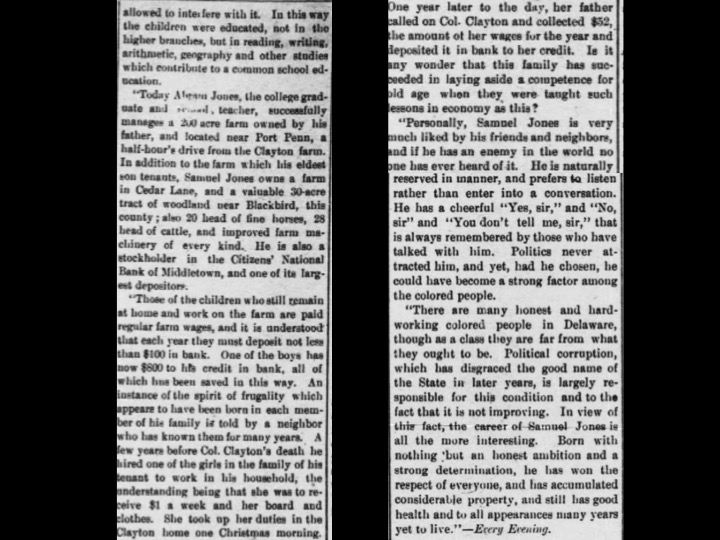
What Happened?
“The present indications are that the Delaware peach orchard will be a novelty a few years hence.”
“No More Peaches,” Middletown Transcript, February 2, 1901
During the late 19th century, many Delaware peach trees were attacked by diseases known as the “Yellows” and “Little Peach.” This caused the decline of Delaware and Middletown’s thriving peach industry. Peach orchard owners and workers alike had to adapt to a changing landscape in the new century.
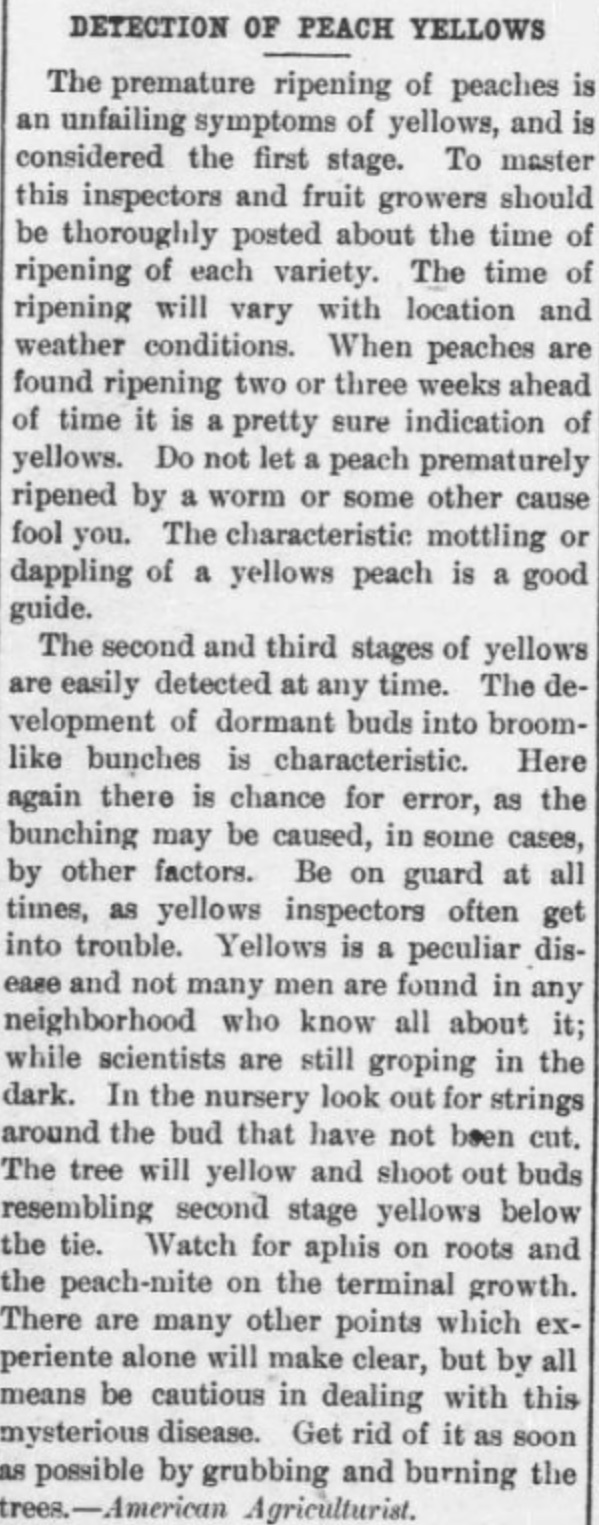
While peaches are no longer grown for large markets, this fruit, and the people who grew it, shaped Middletown. How are you helping to shape Middletown today?
